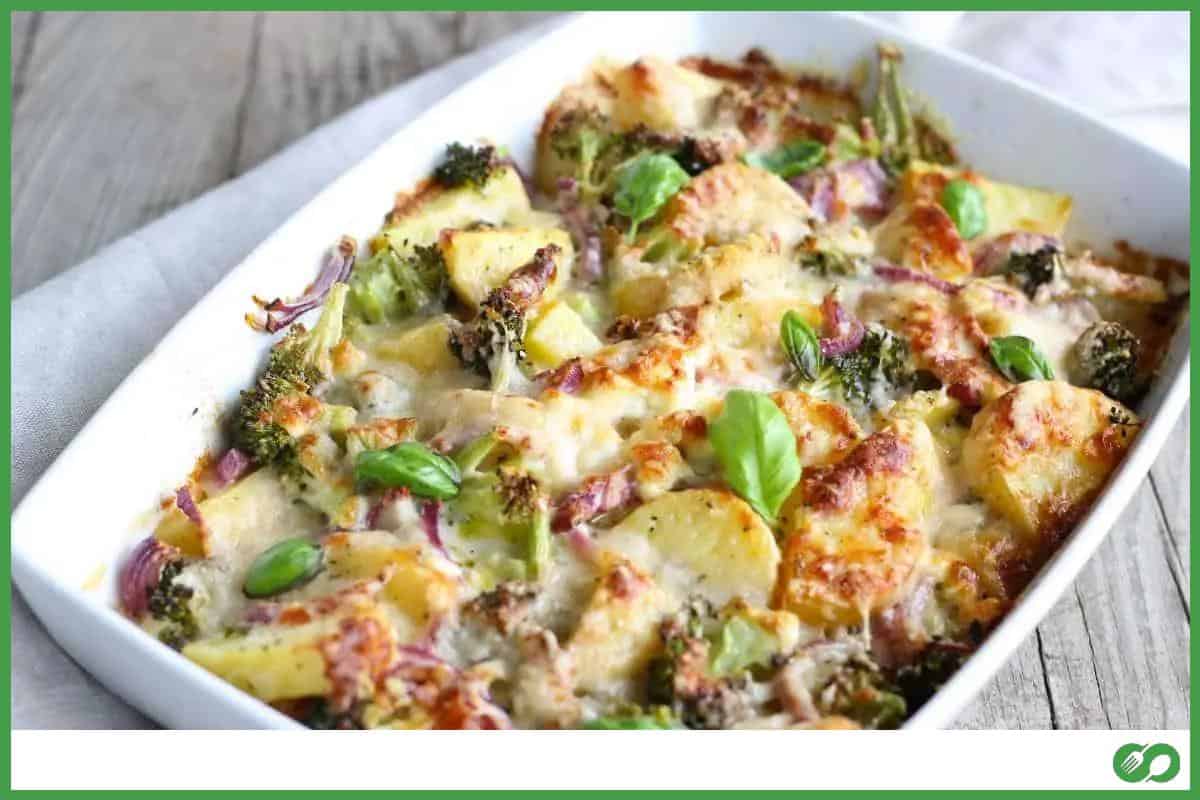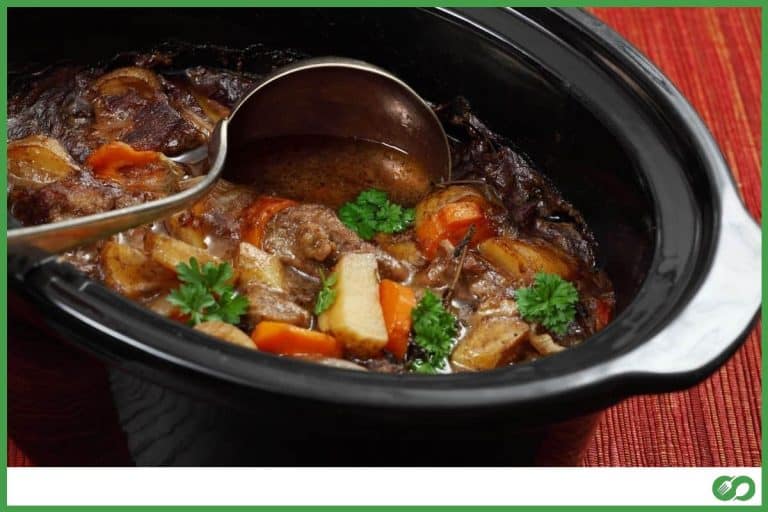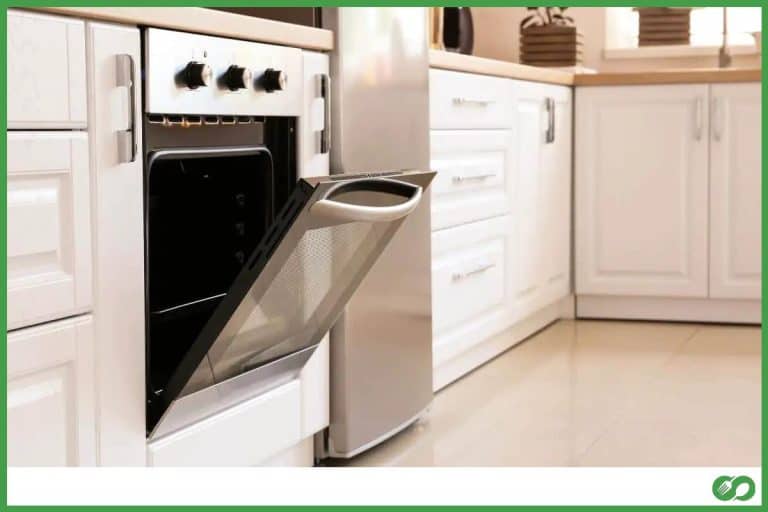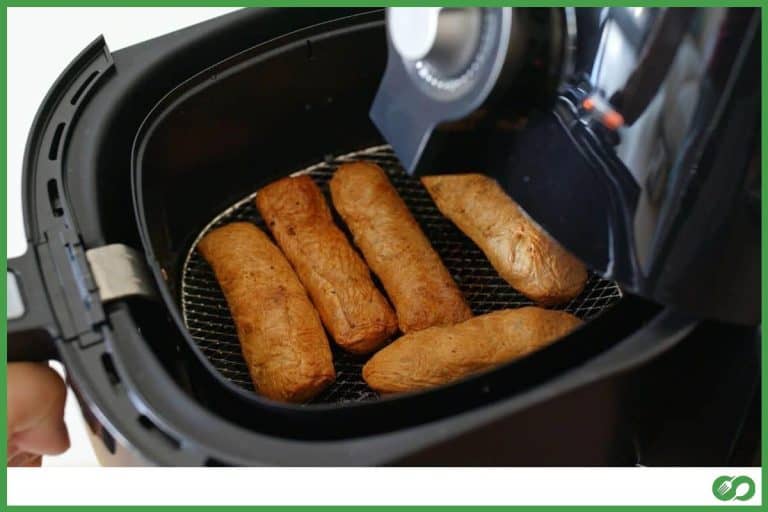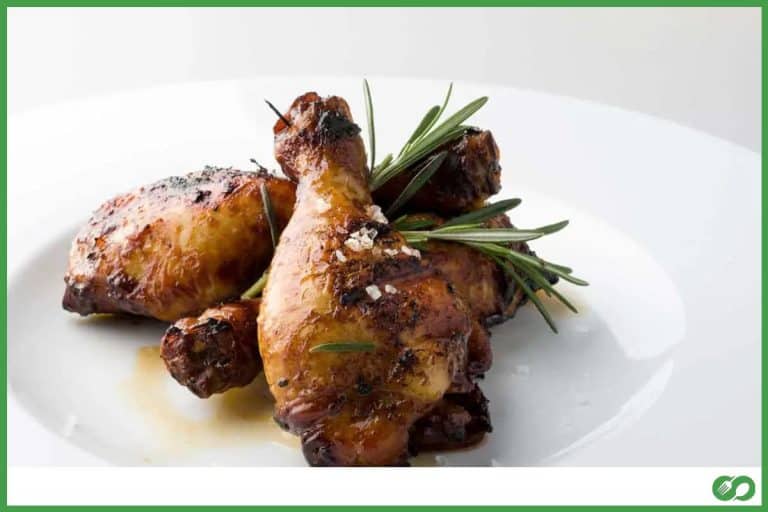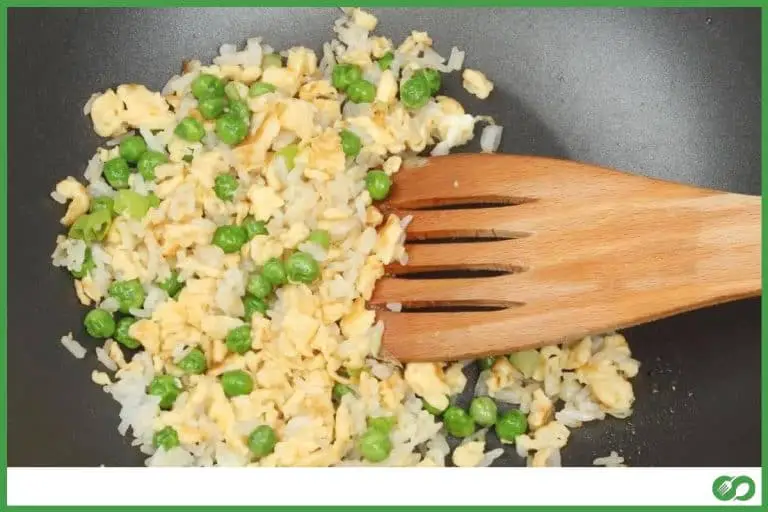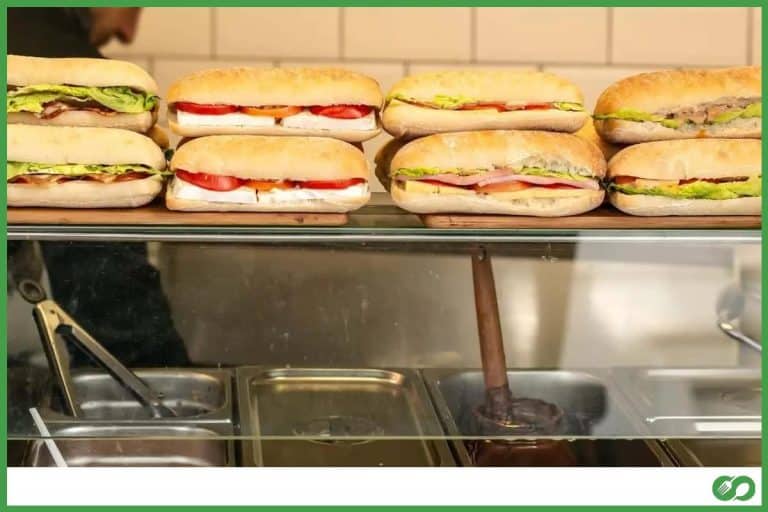How to Reheat a Casserole (A Complete Guide)
This post may contain affiliate links which means that, if you choose to make a purchase, I may earn a small commission at no extra cost to you.
No matter what kind of casserole you’re trying to reheat, there is a way to heat the leftover yummy meal without turning it into mush, drying it out, or ending up with uneven temperatures inside. Let the casserole reach room temperature before reheating, add moisture, and cover it before heating. This method will win the day!
The best way to reheat a casserole is by using a convection oven. Put the dish into the oven for 18 minutes. Cover with tin foil to prevent it from drying out. Check to see if the casserole is heated throughout by making a cut at the center. You can also reheat the casserole by using a regular oven, or even a microwave or a grill.
But even before reheating, think about how to properly store it after the first cook. Use these two important measures:
1. Refrigerate immediately. Don’t let the masterpiece sit out at room temperature for more than an hour if you can avoid it, and definitely not more than two. That leads to the risk of food-borne bacteria developing which cannot be cooked away.
2. Cover your casserole. Refrigerated cooked food dries out easily, so a foil or other cover to seal out the air from directly contacting your food will reduce the level of dryness. After all, you’re saving it to enjoy again, not get it stuck in your throat.
Preparation.
Let’s say you’re lucky enough to have leftovers of Aunt Suzy’s famous casserole surprise. In anticipation of eating the next day, store it properly in the refrigerator. When you’re ready to dig in again, follow these easy preparation steps:
- Give yourself 20-25 minutes lead time. Why? You want to take it out of the chiller and let it reach room temperature before you actually reheat it; if it’s frozen, let thaw completely before reheating;
- Once your treasured dish is ready for the heat, be sure it’s in the proper dish for your heating method (baking dish or pan safe for the oven, microwave-safe plate if using the microwave, etc.);
- If you’re dealing with a large amount of casserole, cut it into two to three large chunks. Slightly separate them from one another. If using a microwave, cut into four to five smaller-sized chunks;
- Cover with foil or another cover safe for your chosen appliance. This will keep the moisture in and help with even heating. No one likes to dig into a hot pasta bake only to get a cold bite in the middle. Eeh!
Into the Heat.
Below are some great choices of appliances to use in reheating your casserole. Take note of the expectations for each, so you can get an awesome result.
| APPLIANCE | COOK TIME | EXPECTATIONS |
| Oven | 20-30 minutes | Can get dry; add moisture; cover with foil |
| Microwave | 2-4 minutes | Uneven heat; set at 80% power; turn over once during heating |
| Grill | 20-30 minutes | Can get dry; use foil dish and cover; add moisture |
| Convection Oven | 18-24 minutes (convection bake) | Even heat; add moisture if desired |
Oven
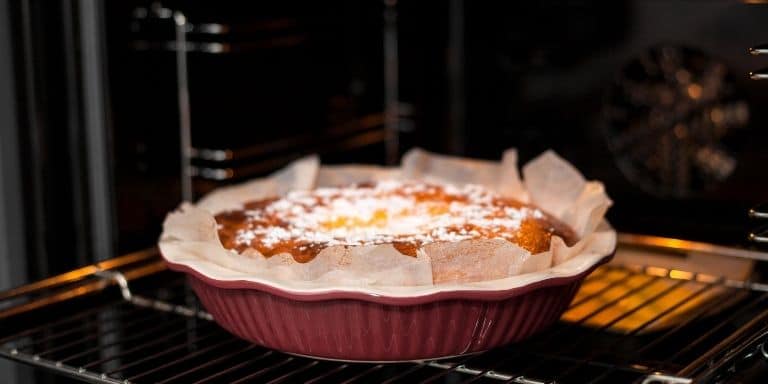
A casserole can easily dry out in an oven, so sprinkle on some water or oil to maintain some moisture before you cover it. Cover tightly with foil or another oven-safe cover.
- Pre-heat to 350 degrees Fahrenheit (180 Celcius)
- Place your covered treat into the oven and heat for 20 minutes. Be careful when removing the dish from the oven as it will be very hot. Also, avoid leaning over the casserole when you remove the foil… while steam facials are great, this is not the same. Ouch.
- Check your food to be sure it’s heated all the way through. You can do this with a fork by scraping a bit out of the center and touching or tasting it. If still cold, simply re-cover and pop it back into the oven for another three to five minutes at a time until it reaches your desired temperature.
- Let stand covered 2-3 minutes before serving.
Microwave
Microwave heating normally creates uneven temperatures in food. Follow these steps to get the evenest heat possible.
- Cover your yummy leftovers with either a microwave-safe cover or wrap. Be sure to slightly offset the lid or cut a slit into the wrap, so the steam can escape as it heats.
- Set the microwave to 80% power no matter what the wattage of your oven. If you cannot do that, just use the second length of time set forth below;
- Heat for 90 seconds to 2 minutes (use the longer time for thicker casseroles). For 100% power, cut the time to 60 seconds to 90 seconds;
- Remove from microwave and turn over pieces. Re-cover and heat again at 80% power for 45-60 seconds. Cut time to 30-45 seconds for 100% power.
- Check the center of the delicious dish for heating throughout. If still not heated through, return for another 20-25 seconds at a time until it reaches your desired temperature.
- Let stand in the microwave for one minute before serving.
Grill.
Yes! You can use a grill…
- Heat grill to 325 degrees Fahrenheit (160 Celsius);
- Use a foil dish and cover your food completely with foil. Place the plate on the rack. Close top and let heat for 22-28 minutes.
- Remove. Keep head back when removing foil cover to avoid hot steam in the face.
- Check your casserole to be sure it’s heated all the way through. You can use the same fork method in the oven instructions above. If not heated through, continue to grill in increments of 5 minutes until done.
- Let stand covered 2 minutes before serving.
Convection oven (recommended)
A convection oven will give you the evenest temperature throughout your casserole and maintain more moisture than other appliances, but it still can become dry, so add moisture if desired.
- Heat on convection bake to 325 degrees Fahrenheit (163 C).
- Place your foil-covered casserole into the oven and heat for 18 minutes. Be careful when removing the dish from the oven and taking off the foil. HOT!
- Check your yummy food to be sure it’s heated all the way through. You can use the same fork method in the oven instructions above. If not heated through, return to oven for 3-5 minutes at a time until done.
- Let stand covered 2 minutes before serving.
Tips for Certain Types of Casseroles
Meat: To avoid overcooking the ground beef, chicken, fish or whatever tasty meat is in your casserole, you should watch the meat itself as your reheat. If it begins to bubble or sizzle, it may overheat and result in rubbery or dry meat in your otherwise scrumptious leftovers, so lower heating times by about 15% to avoid that.
Potato: These casseroles can take longer to heat through, so it’s best to add on about 15% more time to the heating times to see that it’s warmed all the way to the center of these homestyle dishes.
Sweet: Suger can burn and overheat the other components in the sweet dish, so apply the same adjustments to apple bakes or other dessert casseroles that go for meat casseroles.
Egg: The general reheating instructions work fine.
Pasta: The general reheating instructions work fine, but you may want to add a drizzle of olive oil or water before heating because pasta dries out a lot in the refrigerator.
Rice: The general reheating instructions work fine, but you may want to re-hydrate with a couple of drizzles of water for a fluffier texture since rice dries out even more than pasta.
Warning: How Many Times Can You Reheat a Casserole?
The short answer is once. It’s not that you cannot re-heat a second time and have almost the same tasty result as the first time. It’s that food safety standards recommend otherwise. With reheating food in general, the second time around can create unwanted bacteria in the food which should not be consumed.
As you might expect, meat and eggs are particularly risky. But the worst is actually rice… plain old white rice. BEWARE! Food poisoning from this seemingly benevolent grain is more common than you’d think.
The way the rice is stored before reheating is the main factor in its safety. Details about this can be found at Food Safety Standards. Basically, though, uncooked rice can contain spores of the bacteria that cause food poisoning, and cooking it does not always kill it.
If you remember to refrigerate it quickly after cooking and eating it the first time, you should be in the clear of any long night with the porcelain palace. You see, it’s room temperature that fosters the best environment for the pesky bacteria to flourish.
When you reheat your rice casserole, be sure the rice itself reaches steaming hot before eating it. Of course, let it cool a minute before you take that first bite. No one wants a mouth burn!
Spruce It Up!
If you seek a crispy top (and are not using the microwave), remove the foil cover or other cover for the last 5-7 minutes of heating time. You can even add some crumbled crackers coated in melted butter or shredded cheese for an added topping.
For looks, sprinkle it with fresh herbs, olive oil, or another topping fit for the flavors before serving.
Make it even more of a meal and serve it with a suitable side…salad, ice cream, bread, whatever the casserole is screaming for.
Have fun and re-enjoy your comfort food the next chance you get.

